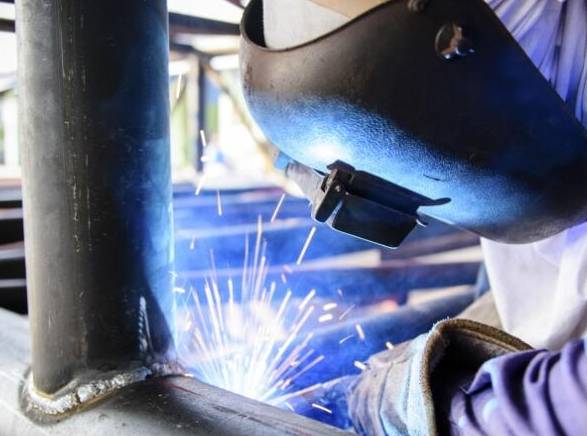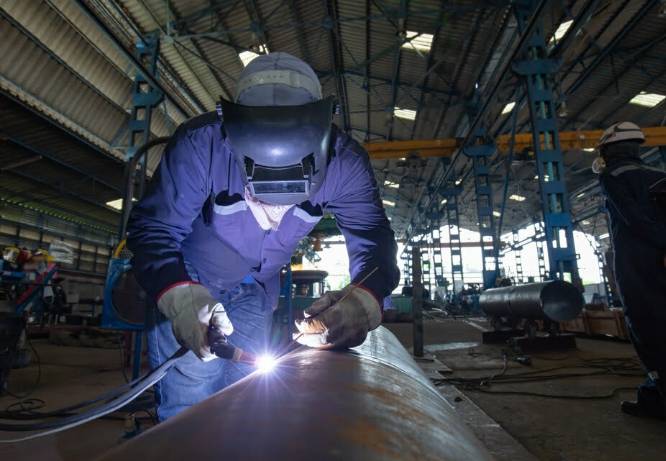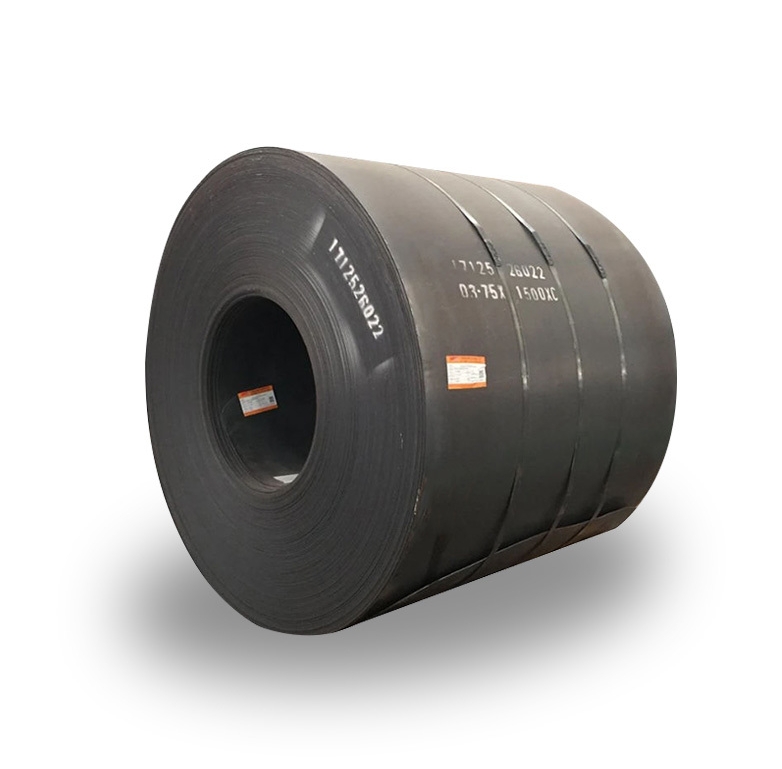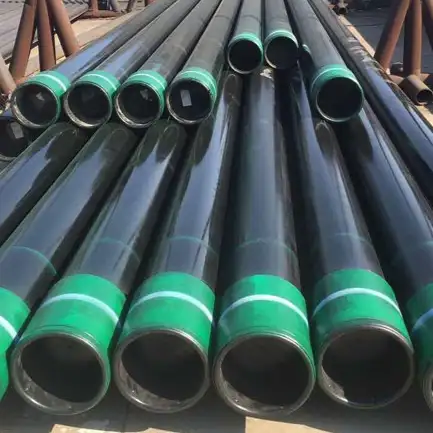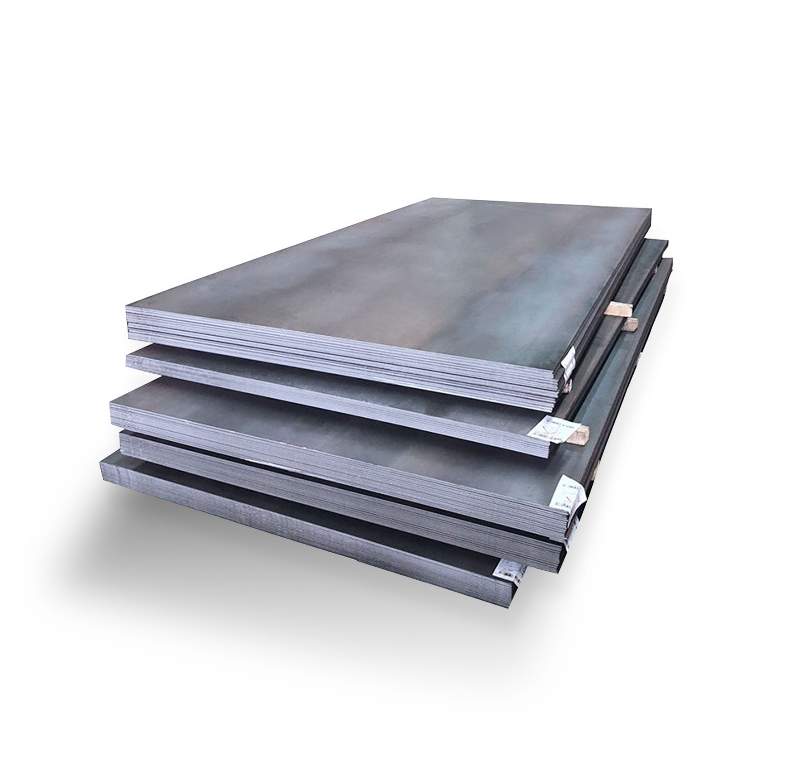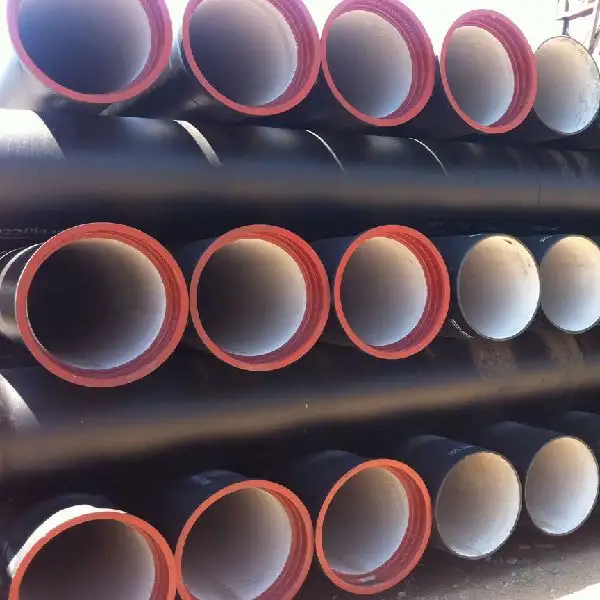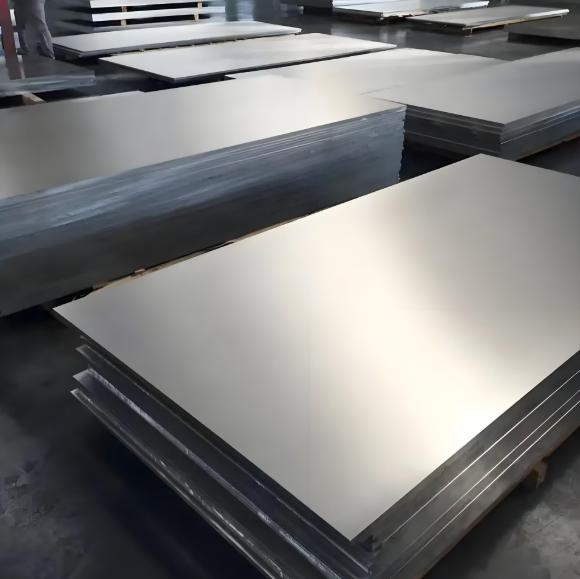Introduction: Navigating the Carbon Steel Welding Guide
Welding carbon steel demands choosing the right process. A solid Carbon Steel Welding Guide helps you avoid weak joints and cracking. Yet many welders guess between MIG and TIG without clear criteria. Consequently, weld quality suffers, leading to rework and downtime. This guide solves that by comparing MIG and TIG welding for carbon steel, offering data, real cases, and actionable steps.
The Problem—Uncertain Process Selection
Many fabricators face inconsistent welds when welding carbon steel. MIG offers speed but can trap porosity. TIG gives clean beads but is slow. Without clear guidelines, shops waste material and time. Therefore, a structured Carbon Steel Welding Guide is vital for process selection based on part requirements.
MIG Welding for Carbon Steel
How MIG Works
Metal-Inert-Gas (MIG) welding uses a continuously fed wire electrode and shielding gas. It’s ideal for thick sections and high deposition rates. Typical wire diameters range 0.030–0.045″, with amperages from 50–250 A depending on wire size .
MIG Advantages & Challenges
-
Advantages: Fast travel speeds, easy learning curve, high deposition (up to 10 lb/hr).
-
Challenges: Higher heat input (2.0–3.5 kJ/mm) can cause distortion and wide HAZ . Porosity risk if shielding gas mix is off.
TIG Welding for Carbon Steel
How TIG Works
Tungsten-Inert-Gas (TIG) welding uses a non-consumable tungsten electrode and optional filler rod. It offers superior weld appearance and control. Typical TIG parameters for carbon steel:
-
Amperage: 1 A per 0.01″ thickness (e.g., 100 A for 0.10″)
-
Gas: 100% Argon at 10–20 cfh
-
Heat Input: 1.0–2.5 kJ/mm to prevent cold cracking
TIG Advantages & Challenges
-
Advantages: Low heat input, minimal spatter, superb bead quality.
-
Challenges: Slow deposition (2–4 lb/hr), steep learning curve, filler rod handling.
Comparative Analysis: MIG vs TIG
| Feature | MIG Welding | TIG Welding |
|---|---|---|
| Deposition Rate | 6–10 lb/hr | 2–4 lb/hr |
| Heat Input (kJ/mm) | 2.0–3.5 | 1.0–2.5 |
| Bead Appearance | Moderate | Excellent |
| Joint Distortion | Higher | Lower |
| Ease of Learning | Easy | Moderate–Difficult |
| Equipment Cost | Lower | Higher |
This table clarifies strengths and limitations of each process when welding carbon steel.
Solution—When to Use MIG vs TIG
Use MIG for:
-
Thick plates (>6 mm) requiring fast welds.
-
Applications where bead appearance is less critical.
-
High-volume production with minimal operator skill.
Use TIG for:
-
Precision welds on thin sections (<6 mm).
-
Aesthetic joints, such as stainless overlays.
-
Situations demanding minimal distortion.
First-Person Insight
I once welded a 3 mm carbon steel panel using MIG. The distortion was so severe that alignment pins failed. Switching to TIG with 1.2 mm filler and 120 A reduced heat input, eliminating distortion. Since then, I always consult this Carbon Steel Welding Guide for thin-gauge work.
Step-by-Step Guide: Implementing the Right Process
-
Assess Material Thickness: Under 6 mm? Lean TIG. Over 6 mm? MIG.
-
Define Weld Quality Needs: Visual finish vs structural strength.
-
Set Heat Input Targets: 1.0–2.5 kJ/mm for TIG; 2.0–3.5 kJ/mm for MIG.
-
Select Shielding Gas: Argon or Argon/CO₂ mixes for MIG; pure Argon for TIG.
-
Choose Electrode/Wire: ER70S-6 wire for MIG; E7018 rods for stick backup.
-
Optimize Parameters: Use data from weld procedure specifications.
-
Perform Test Welds: Check penetration, porosity, and distortion before production.
Practical Checklist
-
Material Thickness recorded
-
Process Chosen (MIG/TIG)
-
Heat Input Calculated
-
Shielding Gas Type & Flow set
-
Electrode/Wire selected
-
Test Welds conducted
-
Inspection Criteria defined
-
Operator Training completed
Conclusion: Master Your Carbon Steel Welding Guide
Choosing between MIG and TIG for carbon steel depends on thickness, required quality, and production volume. This Carbon Steel Welding Guide provided you with data-backed comparisons, solutions to common problems, and a clear step-by-step approach. Whether you need speedy MIG runs or pristine TIG beads, following these guidelines ensures strong, reliable welds.
For expert advice and quality welding equipment, partner with Shanxi Luokaiwei Steel Company. Their technical support and premium consumables help you execute every weld flawlessly—so reach out and elevate your welding standards today.


